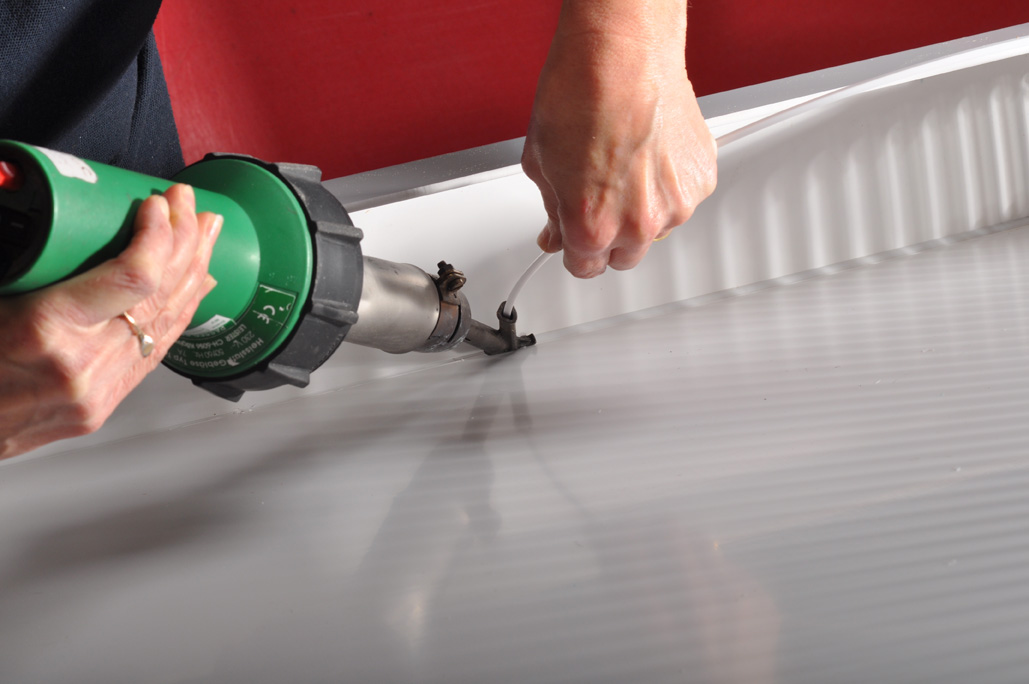Some Facts About HDPE
If you’re new to the plastic industry, then it might be a bit confusing for you because there are so many different kinds of polymers with their varied properties, and only an expert would be able to correctly identify the structure and value of each. Let us take a look at HDPE or High Density Polyeuthrane. It is extremely versatile and can be used for a number of purposes, usually consumer products.
HDPE has higher density than any other grade of poly euthrane
When you’re into plastics, recognize HDPE as exactly what it is called, high density. It comes in use during plastic fabrication, and is basically a particular grade of polyethylene which has a very high density compared to others. When ethylene is polymerised, polythene is created, and if the process of polymerisation can include branching of the chains, then the degree of branching will determine what grade of PE is produced. In the case of High density Polyeuthrane, the branching is quite less, hence, during crystallization; also leads to enhanced rigidity.

Acrylic suppliers also use HDPE on a large scale basis. This is because of the semi-crystalline structure of HDPE as compared to the amorphous structure of other thermoplastic polymers. The characteristics of the polymer are affected with the difference in degrees of crystallinity. Check this link http://www.retrofab.com.au/acrylicpmma.html if you are looking for best acrylic suppliers.
In spite of the fact that HDPE has a higher density than other poly utherane products, HDPE has a much lower density than other polymers also in industrial use. Only polypropylene and the lower density PE grades rank below it in density charts. Given this lower density and lighter weight, High density Poly Utherane is very strong indeed. It has a very good strength: weight ratio and is preferred for inter material replacement.
HDPE is extremely versatile and is required in many industries like packaging of food, medical packaging and the booming construction business as well. You are likely to come across a HDPE product every single day in various shapes and sizes. Some HDPE is also USP Class VI certified so that they are also used in medical devices.
The recyclability of High Density Poly Utherane is ideally suited or one and all. The environment faces no threat, and the recycled HDPE is further used to make products ranging from storage containers of plastic, lumber made of plastic, furniture for the patio, different auto parts, recycling bins, mats and more.
The moisture barrier of HDPE is high. The Moisture Vapour Transmission Rate is 0.5 for HDPE, whereas polystyrene has a MVTR of 10.0 and PVC 3.0. HDPE clearly outranks these materials. For any application requiring good moisture barrier, HDPE is the solution.